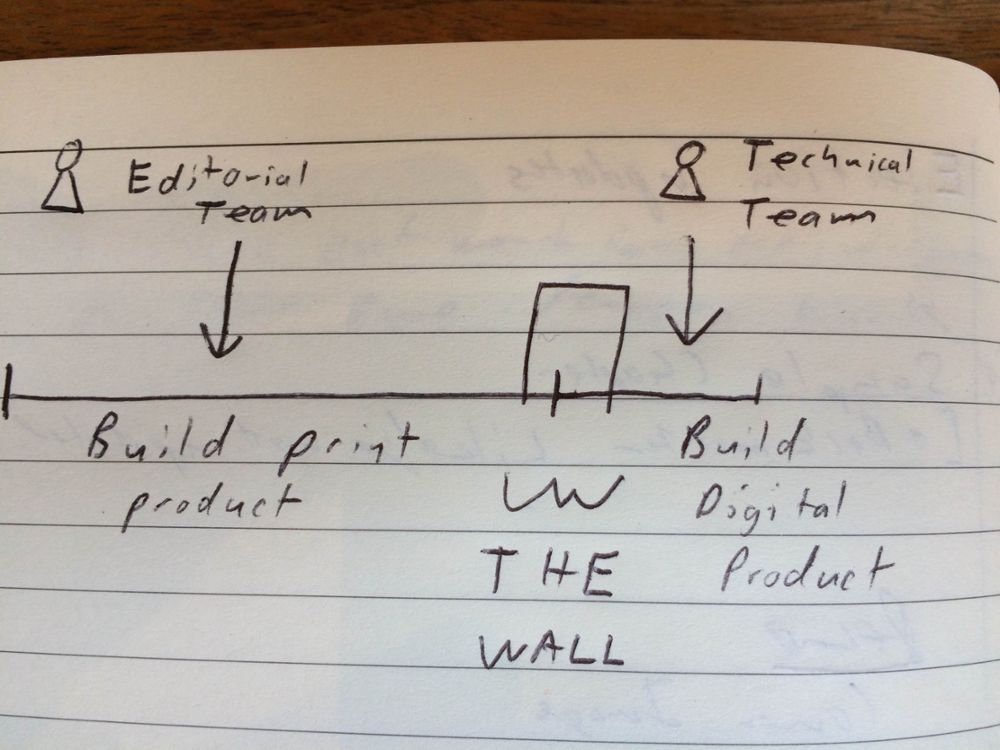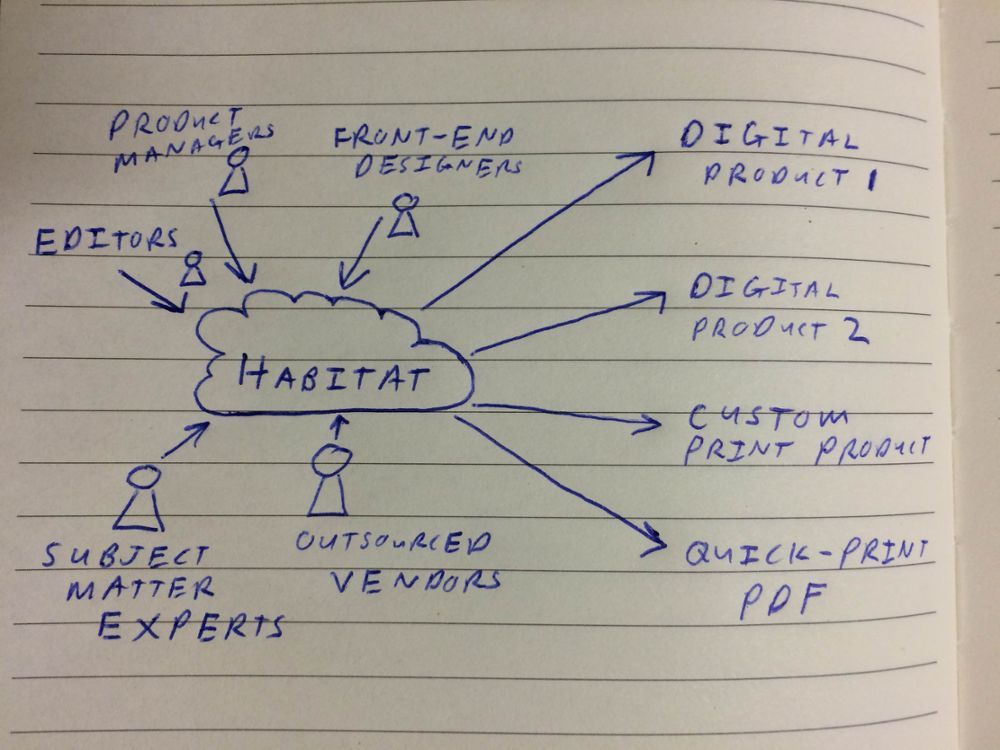Print or Digital? Why Publishers Should Choose Both.

Should you focus your publishing business on digital products or print products?
It’s a question you’ve probably faced time and again, but the answer isn’t so simple. To start, PwC predicts that digital content revenue will surpass print content revenue by 2018. However, current studies also show that many students prefer printed text to existing digital textbook options, and risk-adverse institutions and educators have been slow to transition to digital as well.
Considering all this, you likely need to evolve your publishing business to market both print and digital outputs for the next five to ten years. Compared to your legacy print distribution model, this means you need to add a new digital output while reducing cost and time to market in the competitive global content market. It’s a steep challenge, and one your business needs to address urgently.
Why you shouldn’t keep your print and “digital” products behind walls
The critical clue to finding opportunity in the challenge comes in examining the traditional publishing workflow. The drawings below show your workflow today and your workflow after you evolve to meet the demands of today’s publishing market.

Your current serial print/”digital” workflow
Since the advent of PDF, publishers have been distributing “digital products,” or PDF copies of their print layout with optional links to supplementary resources, such as video or audio clips. These products were typically the result of an editorial team throwing their high-quality print content over “the wall” to a technical team with no subject matter expertise who then “converted” the product to a PDF or low-quality ePUB.
This process worked well so long as the digital product didn’t matter (wasn’t a large revenue driver, and was really an accessory to the print). But, if you want a high-quality digital product, you need to rethink your workflow.
How to build new products with new workflows
Today’s forward-thinking publishing companies aren’t thinking in terms of print products and digital products. They’re thinking about building great content that can be output to any number of print and digital products. They’ve adopted a new workflow with collaboration in the cloud driving all of their product outputs:

Your new parallel print/digital workflow.
To learn more about implementing a new workflow, watch our webinar, “Build Dynamic Workflows for Dynamic Teams.”
The benefits of a parallel print/digital workflow
Moving to a parallel workflow in the cloud will require some organizational change management at your company, and you’ll likely want to bring in a trusted consultant to help you get there. However, the benefits easily outweigh the costs. Here are three reasons to make the transition:
1. Better products
Because your subject matter experts are now collaborating together to create both your digital and print products, you’ll have your best people working hand-in-hand to build your digital products.
2. Shorter production times
With all of your content creators collaborating in real-time in the cloud, they won’t need to wait for teammates to complete tasks, and you’ll see significant time savings.
3. Cheaper content production costs
Time is money. Cutting your production times will save you costs in internal personnel and external vendor costs. Maintaining a repository of your content in the cloud also will allow you to re-build any of your print or digital outputs at a moment’s notice, saving you the enormous conversion costs you’re paying your vendors today.
The proof is in the pudding: Kaplan’s case study
Kaplan transitioned to a parallel workflow with Inkling Habitat as their cloud publishing platform. After acclimatizing to a new workflow, they realized a 52% decrease in time to market for their digital products and a 29% decrease in time to market for their print products.
Equally compelling, employee satisfaction jumped 36% in just seven months by using Habitat, as employees found they were finally empowered to contribute meaningfully and efficiently to market-leading print and digital products.
The bottom line
In today’s competitive publishing industry, you need to field compelling products in both print and digital formats. In fact, you probably need variations of products within both print and digital, and you need to maintain your content in a format that can be repurposed into new learning models as they emerge.
By leveraging a cloud publishing environment, such as Inkling Habitat, and transitioning to a parallel print/digital workflow, you’ll achieve those goals. You’ll also produce better products at a cheaper cost in less time. Of course, you’ll need to design your workflow with care to ensure that you succeed. We’ll cover how to do that in part two.
To learn more about Inkling Habitat, request a demo from our sales team.
